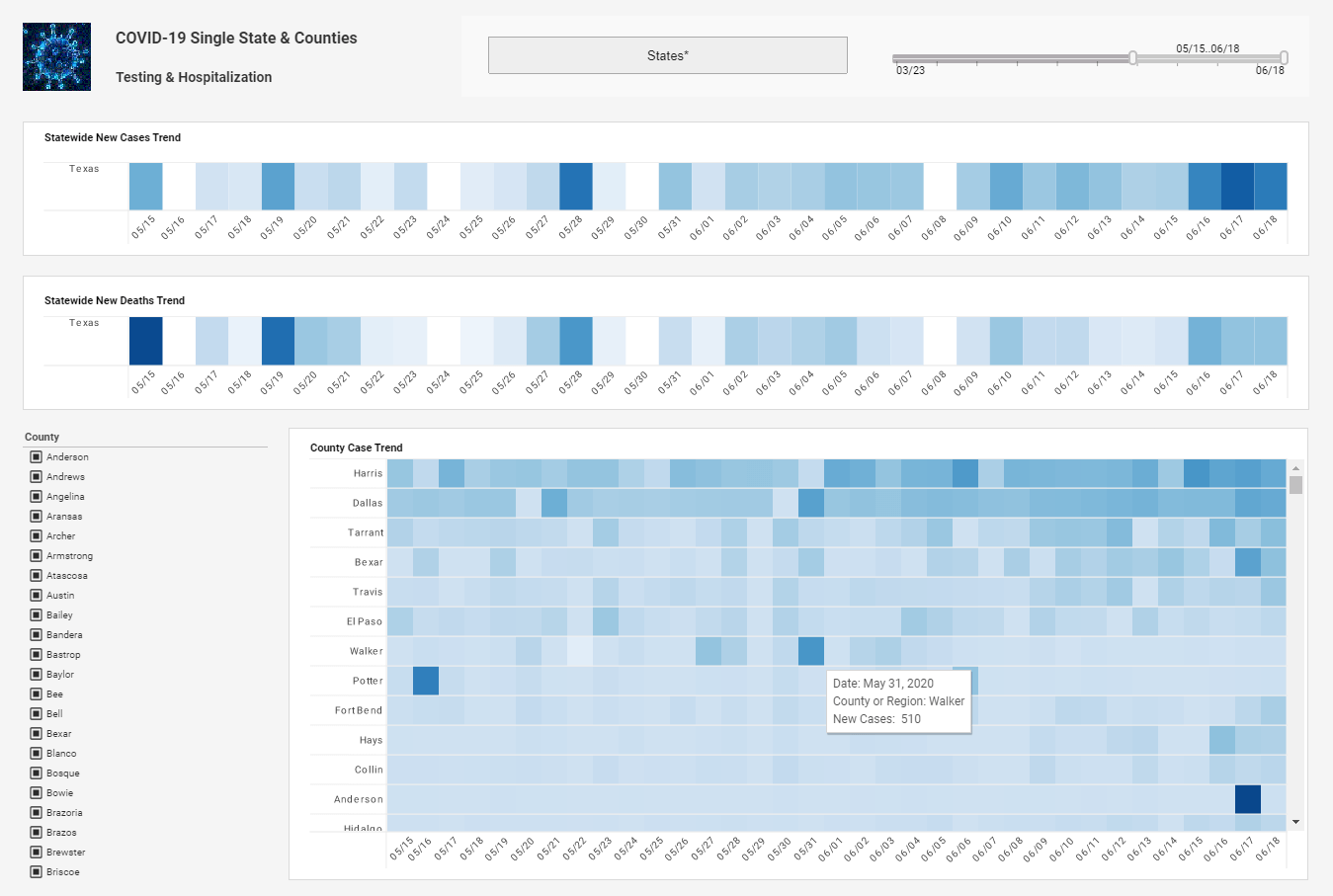Enterprise Intelligence Challenges
This is the continuation of the transcript of a Webinar hosted by InetSoft on the topic of "Enterprise Intelligence." The speaker is Jessica Little, Marketing Manager at InetSoft.
Add to all these enterprise intelligence challenges, financial services companies face, all the internal functions and requirements. These things that must be done must be done well to meet regulatory and stockholder demands and to serve customers well. As you can see, we have created a lot of data. And in some cases, this data is the same data from one system to the next, but it's described in a different way.
And if you describe data in a different way, you have actually created a new data element and that compounds the problem and makes more complex the ability to use data effectively within the institution. So we are faced with this problem. It's pretty easy to see that the person at the bottom of the screen is a customer using an ATM machine.
It's also somewhat easy to ascertain that the person in the middle of the screen is a branch employee helping customers within the branch setting. What's not so clear in the top is whether the two people working remotely are employees or customers. And of course, today, they could be either, and they could be located anywhere in the world.
Leveraging Data for Business Insights
And then of course, we haven't done away with paper in financial services. We have a ways to go in that regard, and many institutions are capturing things through scanning and storing images in content management systems, and all that information is now becoming available. If you can access it, then you can leverage it in your business.
So what has to happen with all of those data elements on the site there and coming from all those different parts of the business is they have to come together to deliver enterprise intelligence and to deliver a uniform view to the given user. And it's what that user needs, not what everybody needs, but what that user needs regardless of the technology stack behind it.
The important thing to keep in mind here is we are not talking about a single database. We are talking about creating different views of what may be multiple databases and systems but one that gives the individual user the best advantage they have for what they are trying to accomplish, be it a customer or an employee.
So how do you go about building competency in building an enterprise intelligence capability? Well, there is some foundational business concepts that will be familiar to many of you. We know what users want. They need information and business intelligence in the stream of business in the manner that they conduct their business, and it needs to be a simple view of what is usually a complex world that they are trying to deal with.
Enterprise Intelligence Requirements
And this is true whether it's an employee user or a customer user. Management of financial services institutions needs visibility into the organization, what’s going on, what’s happening. Do we know that we are doing the right things at the right time? They need control, and by control, I don’t simply mean that they need to be able to turn things on and off, which is one element, but they need to understand that their business is operating within a safe and sound practice that they are operating within the constraints that are put on it through its business plan and through strategic objectives.
And then there needs to be business adoption, again the ability to get users throughout the business to use the technology and find the information they need. That creates the intelligence they must have to do their job better. Well, you have always used intelligence, so the first thing to do is to understand the current state of your capability.
You define an end or desired state and then traditionally identify gaps and build the business and technology roadmap to the desired, end state. Now, this is a pretty standard process, but one of the things to keep in mind is don’t let the perfect get in a way of the good. In other words, people sometimes set out on very large projects that have been stopped or failed halfway through because they tried to bite off too much and were unable to accomplish what they needed to do in a more narrow focus.
So start with a narrow defined intelligence pain point and then expand through demonstrating success and value socializing in some cases. Especially in the area of a financial institution that has independently operating business units, socialization of a solution is really important. Then be strategic about new implementations going forward.
Financial institutions often struggle with fragmented data sources spread across legacy systems, cloud platforms, and third-party providers. This fragmentation leads to inconsistent reporting, delayed insights, and manual reconciliation efforts that consume valuable analyst time. Without a unified data architecture, institutions face challenges in producing timely and accurate reports for regulatory compliance, risk management, and executive decision-making.
Another major pain point is the rigidity of traditional reporting tools, which lack the flexibility to adapt to evolving business needs. Static reports generated from siloed systems fail to provide real-time visibility into key metrics such as liquidity, credit exposure, and operational efficiency. As a result, financial teams often resort to spreadsheet-based workarounds that introduce errors, reduce auditability, and hinder collaboration across departments.
Compliance and regulatory reporting add further complexity, requiring institutions to meet stringent standards like Basel III, IFRS 9, and CCAR. These mandates demand granular data lineage, traceability, and version control—capabilities that many legacy systems cannot support. The inability to automate these processes not only increases operational risk but also limits the institution’s agility in responding to market shifts and regulatory updates.


